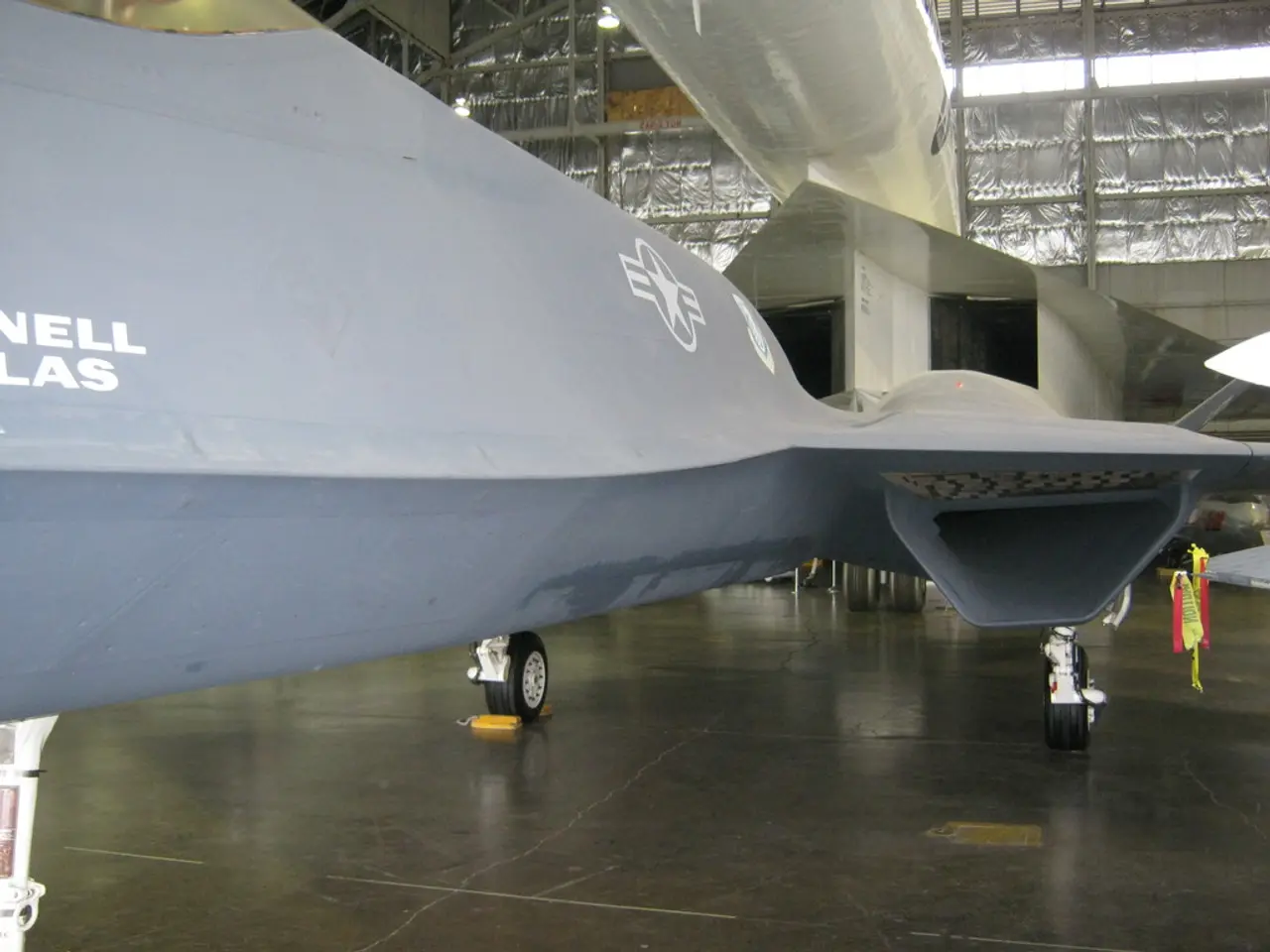Tenerife Airport Tragedy - 27th March 1977
The Tenerife Airport disaster, which took place on March 27, 1977, remains the deadliest aviation accident in history, resulting in 583 fatalities and 61 survivors. The disaster involved two separate airplanes: KLM Flight 4805, a Boeing 747-206B (registration PH-BUF), and Pan Am Flight 1736, a Boeing 747-121 (registration N736PA).
The tragedy was not caused by a single factor but a tragic convergence of poor weather, communication failures, human factors, and airport limitations. The disaster was set in motion by the diversion of both flights from their original destinations due to a terrorist bombing at Gran Canaria airport earlier that day, causing heavy traffic and congestion at the smaller Los Rodeos Airport (now Tenerife North Airport).
Dense fog on the runway severely limited visibility for the pilots and air traffic controllers, making it difficult to see other aircraft and increasing reliance on radio communications. Miscommunication and language barriers further exacerbated the situation. The KLM crew, under pressure to depart quickly, mistakenly believed they had been cleared for takeoff when their clearance had not been explicitly given.
The control tower instructed the Pan Am plane to vacate the runway via the third exit, but due to fog and unfamiliarity with the airport, the Pan Am plane could not find its way out. The Pan Am plane stated that they were still on the runway, but the echoing voice prevented this from being heard by the KLM pilots.
The KLM plane, after the collision, went into a steep dive and crashed on the runway. The collision caused the KLM Boeing 747 to start a fire due to its full tank. The Pan Am co-pilot made a sharp left turn with full power to the engines to exit the runway, but was unable to get the plane off the runway.
In the aftermath of the disaster, aviation authorities worldwide implemented critical changes. Standardized communication protocols emphasizing clear phraseology, enhanced crew resource management training to reduce cockpit errors, improved airport infrastructure, and better procedures for operations under reduced visibility were implemented to prevent similar tragedies in the future[3].
Thus, the Tenerife disaster serves as a stark reminder of the importance of clear communication, careful planning, and vigilance in the face of adverse conditions to ensure the safety of all air travel.
[1] Aviation Safety Network. (n.d.). Tenerife Airport Disaster. Retrieved from https://aviation-safety.net/database/record.php?id=19770327-1 [2] Air Disasters. (n.d.). The Tenerife Disaster. Retrieved from https://www.airdisasters.net/tenerife-disaster [3] Federal Aviation Administration. (n.d.). Tenerife Disaster. Retrieved from https://www.faa.gov/about/initiatives/aviation_safety/media/Tenerife_Disaster.pdf
- The Tenerife Airport disaster, a grim chapter in aviation history, is still recognized as the deadliest aviation accident ever, causing 583 fatalities and 61 survivors.
- Despite being rooted in a string of unfortunate circumstances, including poor weather, communication failures, human factors, and airport limitations, the disaster was largely set in motion by a terrorist bombing at Gran Canaria airport and diversion of both involved aircraft to the smaller Los Rodeos Airport, causing congestion and increased reliance on radio communications.Living up to the name of 'general-news', crime-and-justice, the terrorism at Gran Canaria airport was a significant factor that instigated the Tenerife disaster, but it was not the sole cause.Zooming out from the aviation sector, the Tenerife disaster holds relevance in today's 'sports-betting' world as historical events, even those rooted in misfortune, often intersect with various societal aspects, including gaming and betting. For example, bookmakers may offer odds on the anniversary of significant disasters or accidents, making lessons from the Tenerife disaster not just valuable for the aviation industry, but for the gambling industry as well.








